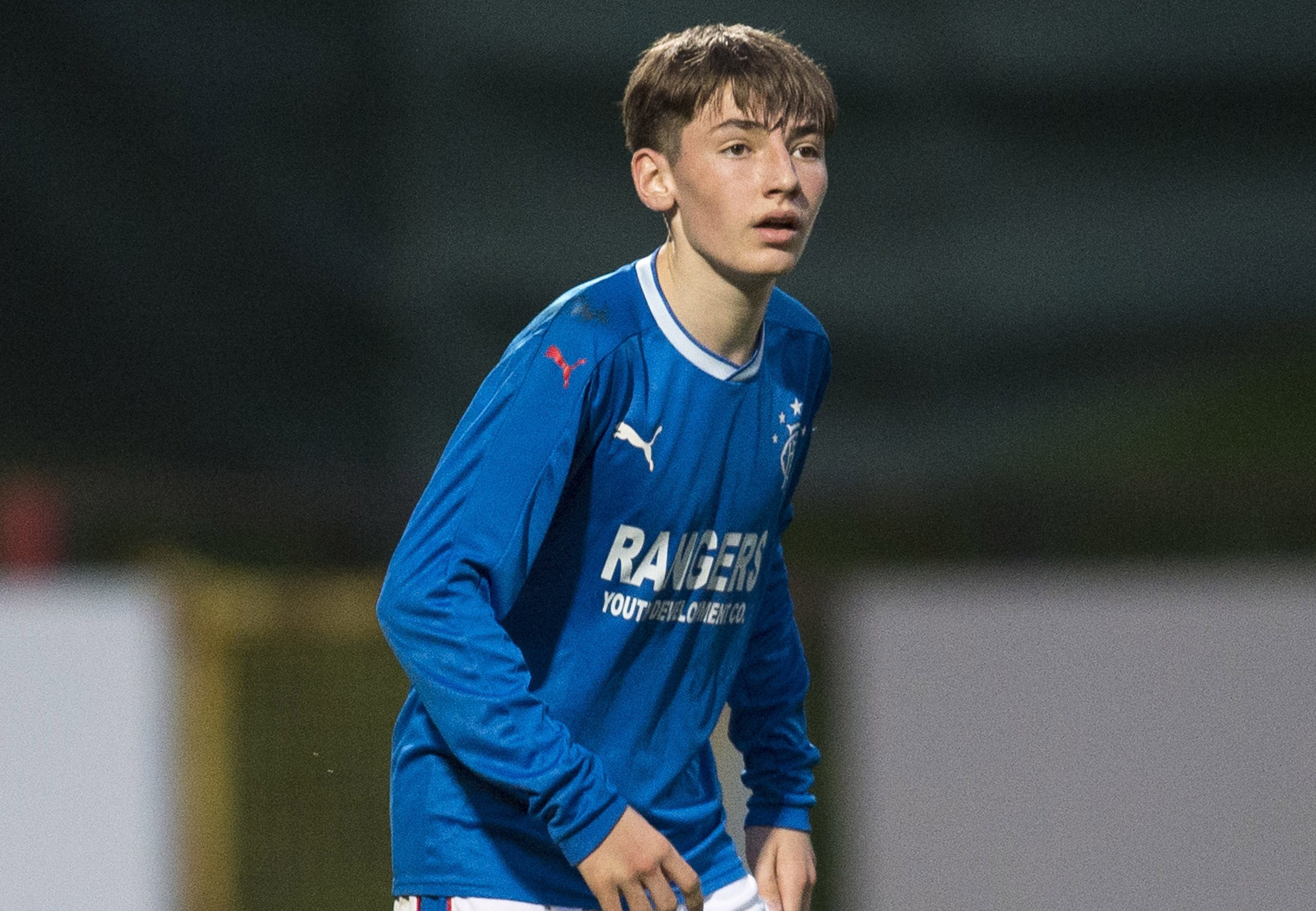
RANGERS move to leave the Development League next season in favour of a programme of glamour friendlies is hugely interesting news.
I know for a fact their Head of Academy Craig Mulholland has been working hard to make changes to the youth structure at the club.
He has been doing so in response to a belief that not enough first-team players were being produced for the Light Blues through the system currently in place.
Challenging kids by giving them matches against the likes of Bayern Munich, Benfica, Manchester United, Spurs and Southampton is a brand-new initiative.
To try it out in a pilot scheme makes sense for Rangers and, the dual blessing of the SFA and the SPFL would suggest, for the country too.
Logic says that playing against the best of Bayern’s or Spurs’ kids should be better preparation for an international career than those from a Scottish provincial club, however well run.
Mulholland has spoken of the great success achieved by Spurs and Southampton through challenging their young players early, and of wanting to adopt similar practices at Rangers.
That makes sense – but how many other Scottish clubs will want to follow suit and how many will be able to? Sending youth teams to play in England and abroad is an expensive business. Travel and accommodation costs mount up very quickly.
Rangers, of course, can afford to speculate to accumulate. The sale of Billy Gilmour to Chelsea, reluctant though it was, is expected to raise some £600,000.
That’s a lot of money for a kid who has only got as far as training with the first team and, as such, a real feather in the Academy’s cap.
And while the Light Blues were clear in stating that, in this particular case, they would rather have the player than the money, it underlines the existence of a lucrative market available to Scottish clubs.
Celtic, who ran a team in the NextGen series, taking on the likes of Barcelona and Manchester City, could well be keen to join their city rivals.
Brendan Rodgers is a big advocate of giving youth its chance and gave starts to two good kids – Michael Johnston and Anthony Ralston – against St Johnstone last weekend.
However, whether the likes of Aberdeen, Hearts and Hibs would see it as money well spent is another question.
I should state here I am not a fan of the Development Leagues and told Mark Wotte, the former SFA Performance Director, as much.
In the end we had to agree to disagree.
For me, the key age group is 15 to 18 years old. That is when we see who is developing into a first-team player – 19 to 20 years old is too late.
If they have not broken through by then, either they are not good enough or something has gone wrong along the line.
I made my own breakthrough at Kilmarnock at the age of 17 and stayed in the side from there on in.
The fact I was able to hold my own in the men’s game was down to the grounding I had received playing against senior pros in reserve league football.
Now, as then, I believe it is the best environment in which to develop our young talent – for the majority of our clubs anyway.
Rangers may prove that for the very top teams, diversity is the best option. Time will tell.
If nothing else, the push to try something genuinely innovative is to be applauded.

Enjoy the convenience of having The Sunday Post delivered as a digital ePaper straight to your smartphone, tablet or computer.
Subscribe for only £5.49 a month and enjoy all the benefits of the printed paper as a digital replica.
Subscribe